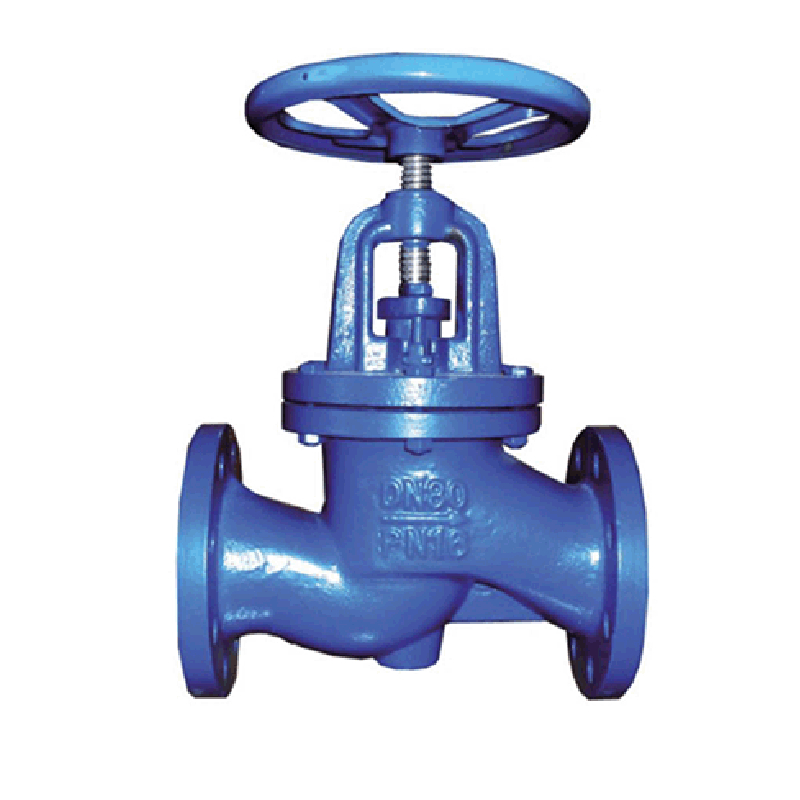ડીસેમ્બર . 10, 2024 17:29 Back to list
PN16 Y Strainer for Efficient Fluid Filtration and Pipeline Protection
Understanding Y Strainers The PN16 Standard
In various industrial applications, the efficient management of fluid systems is crucial for ensuring optimal performance and minimizing the risk of system failures. One of the key components in these systems is the strainer, specifically the Y strainer, which plays a vital role in protecting pipelines and equipment from debris and particulate matter. In this article, we will delve into the Y strainer PN16, exploring its design, benefits, and applications.
What is a Y Strainer?
A Y strainer is a type of filtration device shaped like the letter Y that is used in pipelines to filter out unwanted debris from liquids or gases. It operates on the principle of allowing fluid flow through while trapping larger particles in a mesh screen or perforated sheet. The Y strainer is named for its distinctive shape, which allows for efficient placement and easy maintenance. Its configuration is particularly effective for applications requiring regular cleaning or maintenance due to its accessible location.
The PN16 Standard
The term PN stands for Pressure Nominal, which indicates the pressure rating of the strainer. In the case of PN16, it refers to a nominal pressure of 16 bar (approximately 232 psi). This means that a Y strainer designed to this standard can withstand pressures up to 16 bar without significant risk of failure. The PN rating is essential for selecting components compatible with system specifications, ensuring safety, and maintaining integrity under operational conditions.
Design Features of Y Strainer PN16
Y strainers come with various design features that enhance their functionality and efficiency. Here are some key aspects
- Material Construction Y strainers are typically made from robust materials such as stainless steel, cast iron, or carbon steel. The choice of material impacts durability, corrosion resistance, and overall performance in specific environments.
- Straining Element The straining element or mesh can vary in size and shape, depending on the application requirements. Common mesh sizes range from 20 to 1000 microns, ensuring that various particle sizes can be filtered effectively.
- Flange Connections Y strainers are often designed with flange connections, making installation straightforward and secure. The flanged design also allows for easy removal during maintenance.
- Drain Port Many Y strainers are equipped with a drain port, facilitating the easy and efficient removal of collected debris without dismantling the entire unit. This feature is particularly beneficial in large-scale operations where routine maintenance is essential.
Benefits of Using Y Strainers
y strainer pn16

The implementation of Y strainers, particularly those rated to PN16, offers several advantages
1. Prolonging Equipment Life By effectively filtering out debris, Y strainers help prolong the life of downstream equipment, reducing the likelihood of wear and tear caused by particulate matter.
2. Enhanced Efficiency Clean pipelines and equipment operate more efficiently, leading to lower energy costs and a reduced likelihood of system interruptions.
3. Ease of Maintenance The design of Y strainers allows for easy cleaning and maintenance, minimizing downtime during servicing.
4. Versatility Y strainers can be used in various fluid systems, including water, oil, steam, and gas, across numerous industries such as chemical processing, water treatment, and HVAC systems.
Applications of Y Strainers PN16
Y strainers PN16 find application in a wide array of industries. Some common applications include
- HVAC Systems Y strainers protect heating and cooling equipment from debris that could clog filters and coils, ensuring efficient operation.
- Water Treatment Plants In water treatment facilities, Y strainers help remove particles from incoming water to maintain the quality and efficiency of treatment processes.
- Chemical Processing In chemical plants, Y strainers are instrumental in protecting pumps and valves from clogging, ensuring consistent flow and chemical purity.
- Oil and Gas In oil and gas applications, these strainers play a crucial role in maintaining the integrity of pipelines by filtering out sediments and other contaminants.
Conclusion
In conclusion, Y strainers PN16 are essential components in various fluid handling systems, providing reliable filtration and protection for pipelines and equipment. Understanding their design features, benefits, and applications allows engineers and operators to make informed decisions for ensuring the longevity and efficiency of their systems. Choosing a Y strainer that meets specific industry standards, such as PN16, is a key step toward maintaining operational excellence and minimizing downtime.
Share
-
Reliable Wafer Type Butterfly Valves for Every IndustryNewsJul.25,2025
-
Reliable Flow Control Begins with the Right Ball Check ValveNewsJul.25,2025
-
Precision Flow Control Starts with Quality ValvesNewsJul.25,2025
-
Industrial Flow Control ReliabilityNewsJul.25,2025
-
Engineered for Efficiency Gate Valves That Power Industrial PerformanceNewsJul.25,2025
-
Empowering Infrastructure Through Quality ManufacturingNewsJul.25,2025